The best USB microphones in 2025: top picks for every budget
Get best USB mic for your streaming and recording needs.
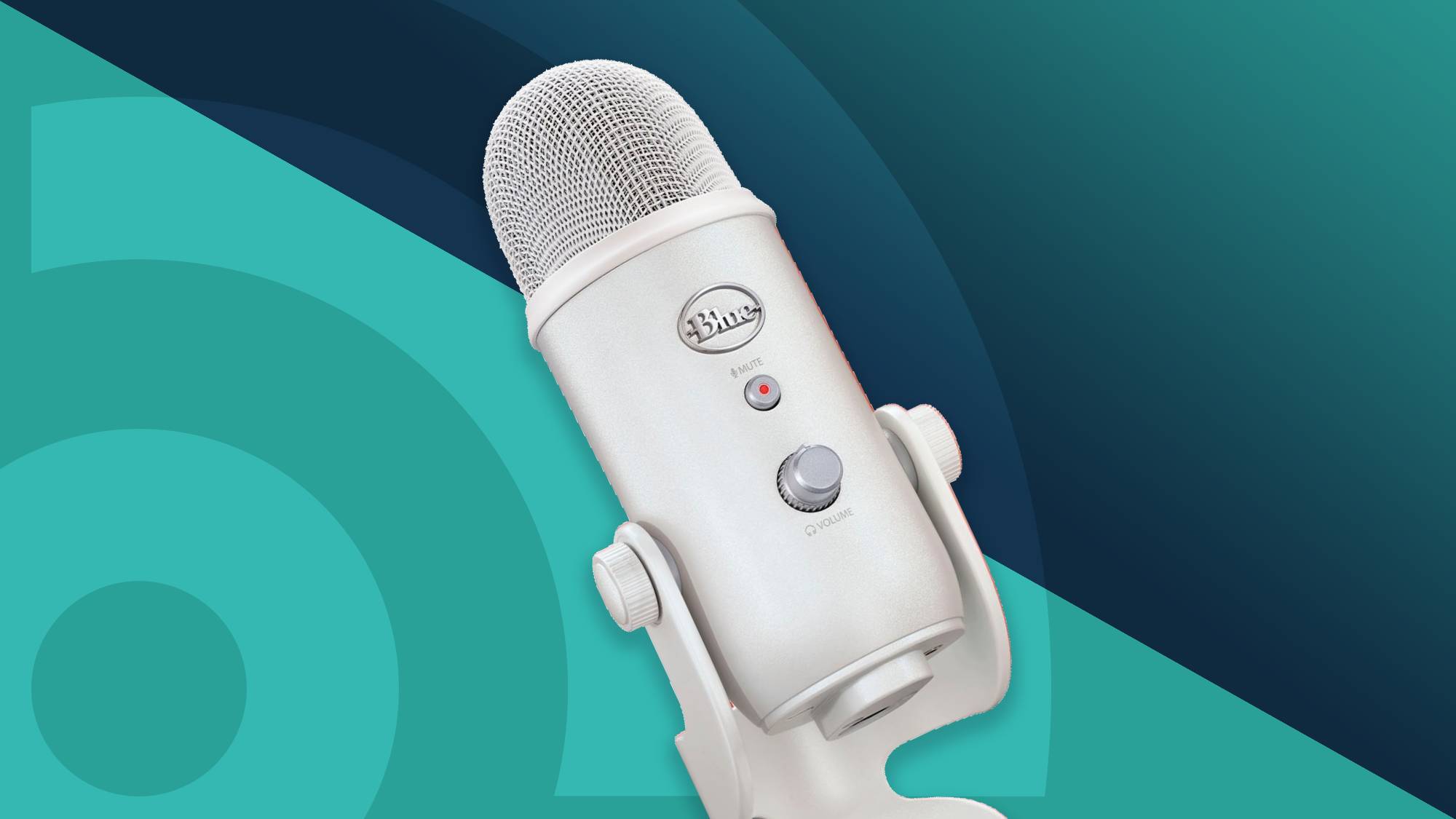
The best USB microphone is an important tool for content creation, conference calling, and sound recording. While any kind of microphone can fit the bill when it comes to video calls with family and friends, a USB microphone will capture premium sound quality in a way that lesser mics cannot.
If you’re serious about making your voice sound as good as possible, we recommend the Blue Yeti. It features both stereo and bidirectional modes, which makes it one of the best microphones for streaming or podcasting.
Elsewhere, budget USB microphones such as the Jlab Go Talk make a cost-effective choice if you’re looking to upgrade your setup without spending a fortune. For the price, the sound quality is sharp and clear, making this omnidirectional mic a solid choice for content creators on a budget, or as a starting mic for those about to embark on their streaming or podcast journey.
Whatever you’re using it for, a top-notch USB microphone is a no-brainer for making your soundtrack as polished as possible for your audience. In the same way that the best computer speakers can be the cherry on top for your PC setup, the best USB microphone can round out your content creation setup to deliver the best results for your needs and budget.
The best USB microphones in 2025
Why you can trust TechRadar
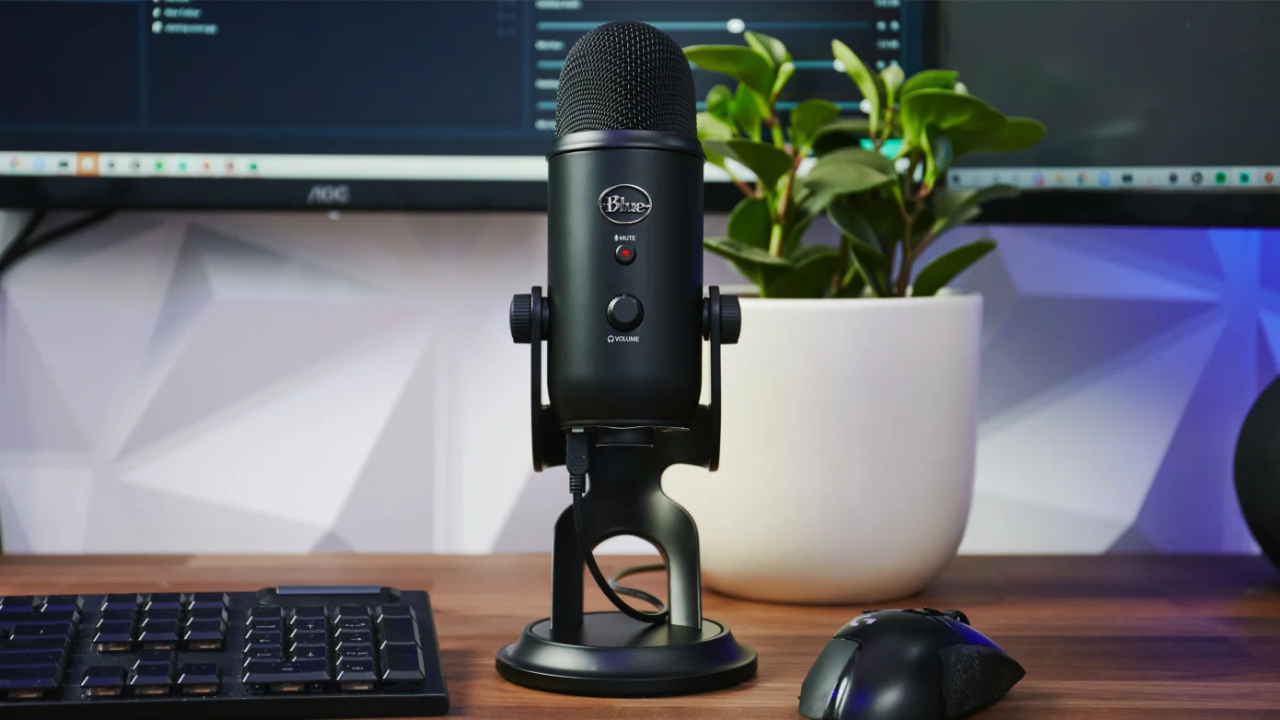
Specifications
Reasons to buy
Reasons to avoid
The Blue Yeti is one of the most popular mics out there for podcasters and it’s easy to see why. With stereo and bidirectional modes, this is one of the best USB microphones on the market for recording one-on-one interviews or group conversations. With 5v of power from its USB connection, the Blue Yeti has several essential controls built into the mic, including a gain dial, live-headphone monitoring with volume control, and a pattern switch.
Its quality was clear and full in every test we gave its multiple patterns, though you may want to invest in a pop-shield for the best possible results. The major downside of the Blue Yeti is that everything is being recorded through a single mic rather than a multihead design. For most users, this will hardly be a problem, if it’s even noticed at all, but it might be an issue for audiophiles. Blue has a smaller-profile Yeti Nano as well for the more budget-minded, though it isn’t as feature backed as its Bigfoot older brother.
Read our full Blue Yeti review

2. Jlab Go Talk
Specifications
Reasons to buy
Reasons to avoid
There are cheaper USB mics than the Jlab Go Talk. However, this is the best one to get if you're on a budget, boasting great specs like hi-res 24-bit/96kHz recording, two polar patterns, and a very stable stand with 360-degree articulation. It also comes with physical controls like press to mute and turn to adjust volume as well as a headphone jack allows you to do direct monitoring, which means you’re hearing the audio directly from the mic so there’s no latency.
During our testing with this mic, it delivered great sound quality, its omnidirectional pattern sounding the same on all the sides. Being a budget option, it isn't perfect. The background noise and vibration rejection could be better, and it has this sudden jump in gain, getting exponentially louder at the highest volumes and much quieter at lower volumes. But, it's still a better mic than the one you’d have on a laptop or your phone. This is a terrific option for someone who’s just starting out with their streaming channel or a podcast.

Specifications
Reasons to buy
Reasons to avoid
SteelSeries is known for its excellent audio peripherals, and the SteelSeries Alias is no exception to the rule. Representing its first foray into the world of standalone microphone production, the Alias is a very impressive debut indeed.
In particular, what SteelSeries is offering is a plug-and-play microphone that’s good to go straight out of the box. Although you can find USB mics that offer a similar level of audio clarity for roughly the same price, you’ll probably need to invest a bit more time with the initial setup than you will here.
In terms of aesthetics, the Alias hits the ground running, sporting a sleek pill-like shape, with metal grills, and is wrapped in sleek black fabric. Its base is suitably sturdy, and the mic itself can be repositioned to the user’s comfort. You’ll find an LED status indicator on the front of the Alias, with front-facing volume controls, and RGB lighting on the underside which can be customized with SteelSeries’ Sonar software.
It allows for a 3.5mm or USB Type-C connection, and you’ll find ports for both on the back of the unit. It’s also compatible with boom arms, should that suit your requirements, although chances are the included stand will more than suffice for most people.
The Alias isn’t for budget buyers, due to its sizeable price tag. However, for anyone seeking top-notch audio straight out of the box, minus the associated hassle that usually accompanies setting up this kind of tech, SteelSeries has knocked it out of the park. The Alias is one of the best USB mics on the market right now.
Read the full SteelSeries Alias review
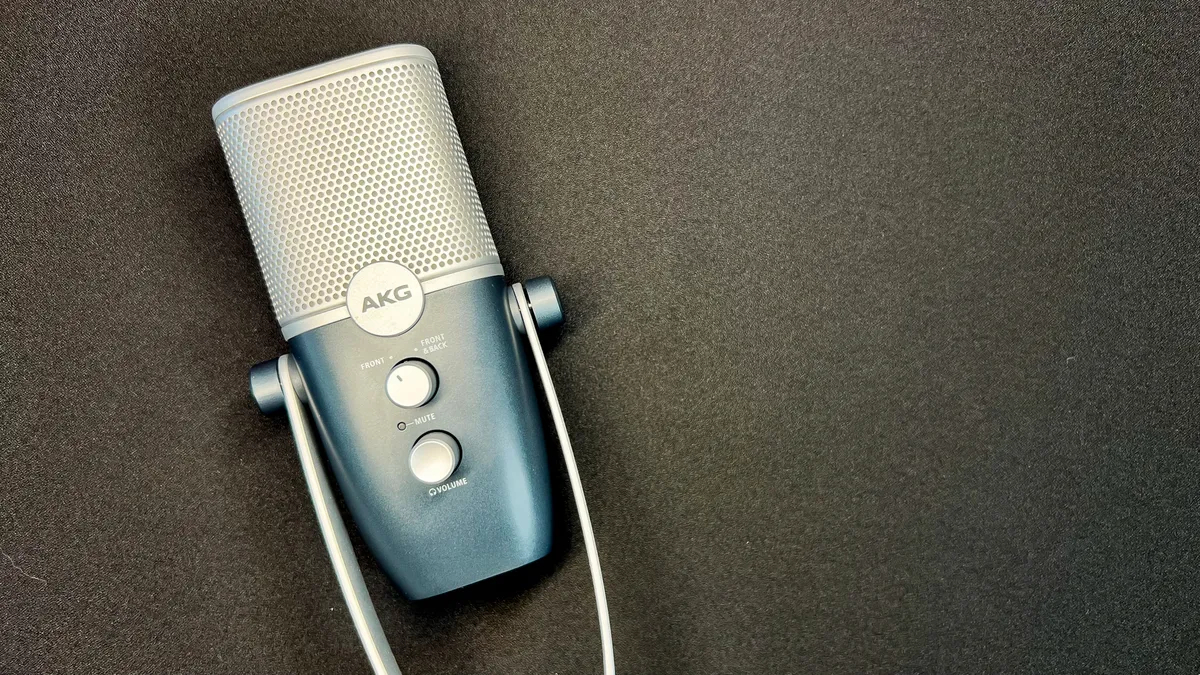
Specifications
Reasons to buy
Reasons to avoid
Getting a mic from AKG doesn't have to be expensive, thanks to AKG Ara. This affordable option from the popular acoustics engineering brand is very easy to use as well, making it a great option for beginner users on a budget. That doesn't mean that it's not good for professionals, either. Even as a more stripped-down mic, the AKG Ara offers a lot of value for the price.
We found during testing that it's got a full, if a little bottom-heavy sound, that will pick up all the frequencies that you want for your voice, which you can edit later. That makes it one of the best USB microphones for vocals, especially if you're looking for something affordable. Its lack of gain control and sensitivity to physical vibrations keeps us from considering this the perfect budget USB mic. But, it’s still a damn good one.
Read our full AKG Ara review

Specifications
Reasons to buy
Reasons to avoid
A great entry-level USB microphone that sounds great and has plenty of personality, the HyperX Duocast is a fantastic option for those who are serious about getting started with content creation. However, we really love it for podcasts as well, thanks to its ominidirectional polar pattern, which works great if you have guests when recording episodes. Plus, based on our testing, its sound quality is fantastic, which means you'll sound great on all your episodes.
It's not one of the cheapest options on this list, but you're also getting a lot of bang for your buck here. Not only does it come with RGB lighting that should sync beautifully with your other HyperX RGB peripherals, but it also comes with a well-designed shock mount and boom arm adapter, for recording flexibility – again, making it great for podcasts. If you want the best USB microphone for podcasting, this should be the first one to consider.
Read our full HyperX Duocast review
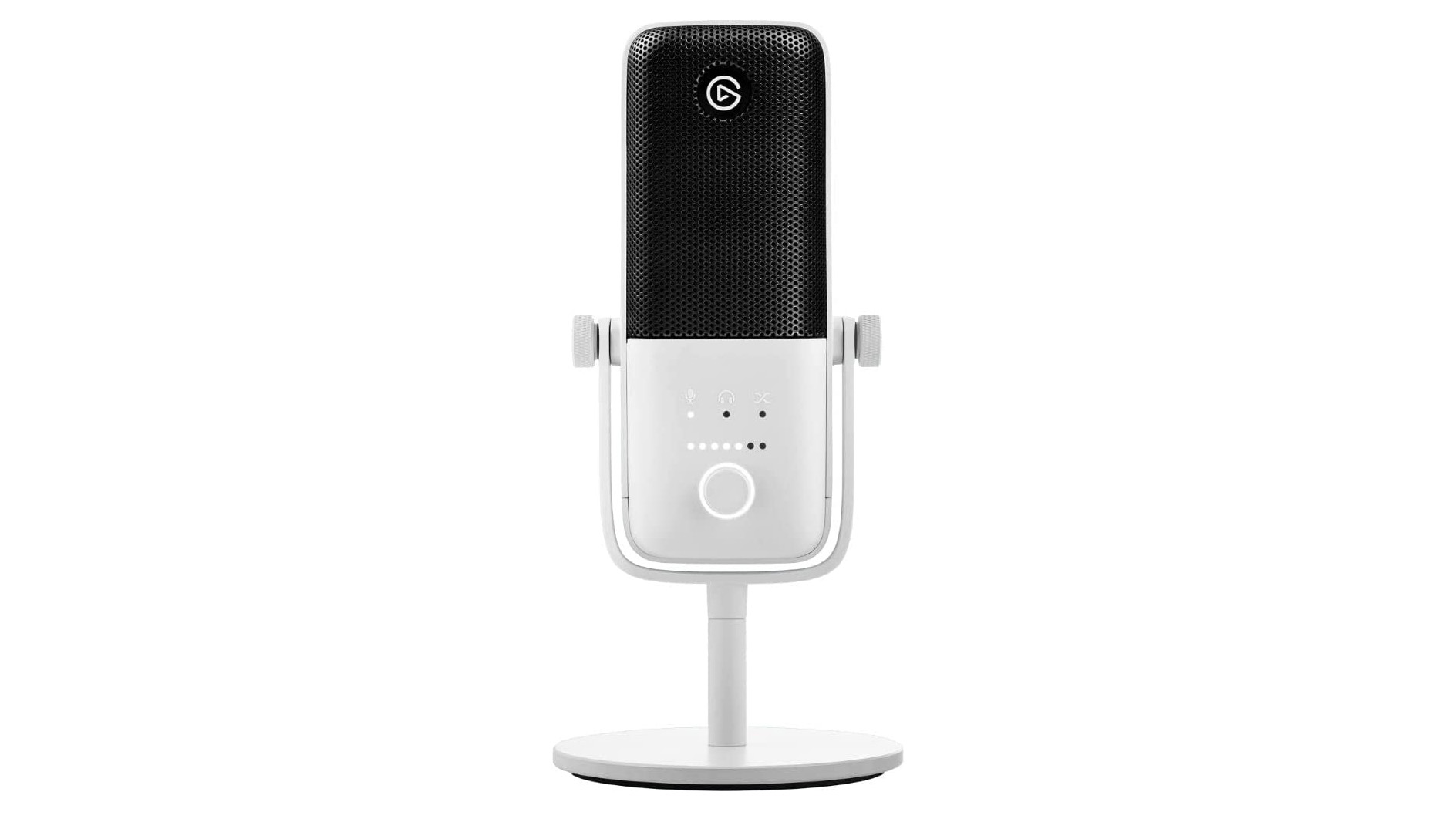
Specifications
Reasons to buy
Reasons to avoid
Elgato Wave:3's beautiful vintage design is just the beginning. This is a high-quality mic with a solid stand and mount with an almost 360-degree articulation as well as controls to mute, tweak input gain, and crossfade between mic and PC mix. There are also light indicators for gain level.
Of course, there's more to it than its premium build quality and funky rectangular design. This USB mic is pretty effective at minimizing sound pick from the side and the back, as well as minimizing vibrations and background noise. That's on top of having amazing sound quality. The Wave Link software is finnicky, but it is pretty versatile, letting you tweak things like how loud your stream mix is and add effects like reverb and pitch shift. This is one excellent USB mic for streaming.
Read our full Elgato Wave:3 review
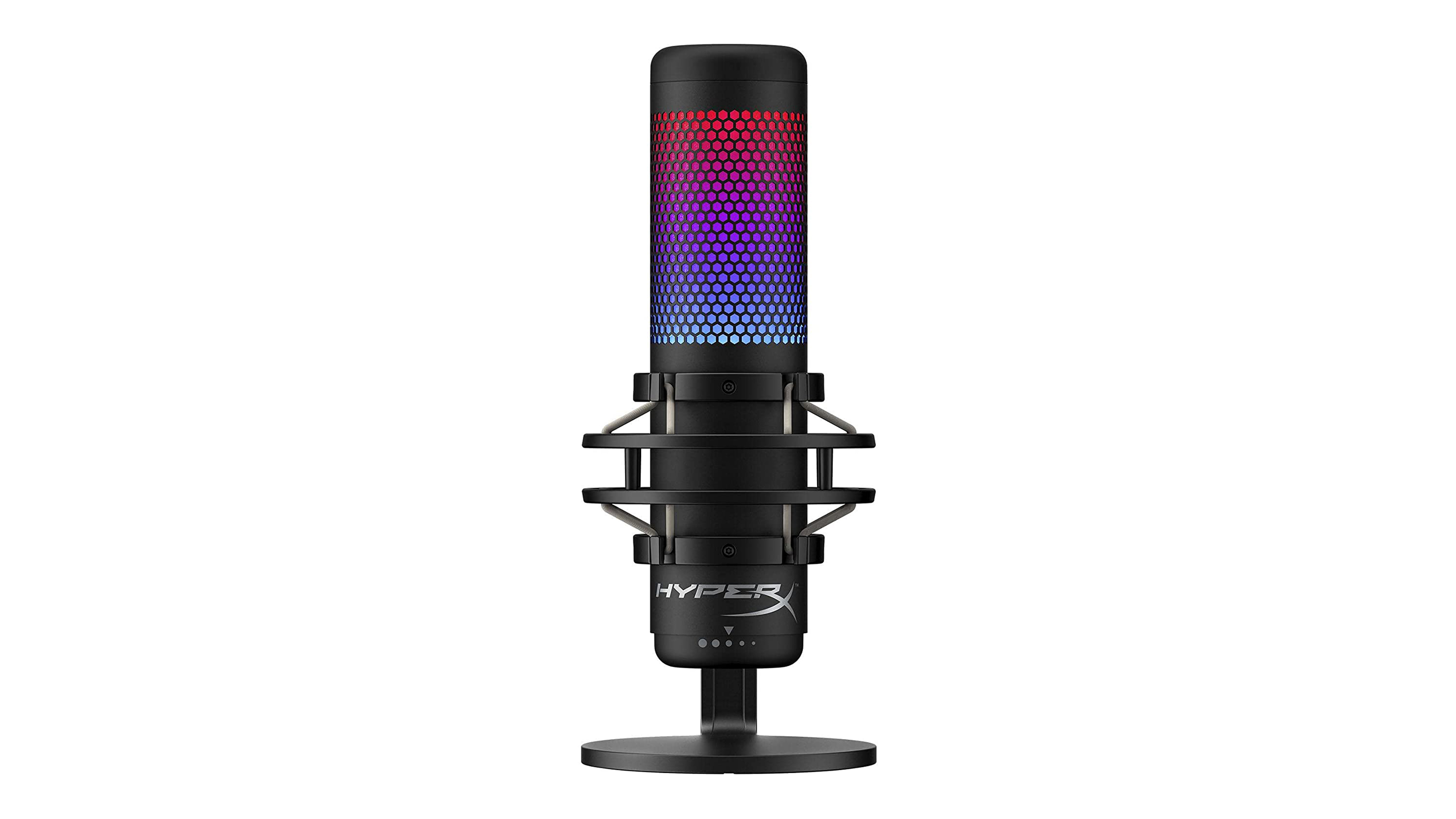
7. HyperX QuadCast S
Specifications
Reasons to buy
Reasons to avoid
The HyperX QuadCast S might be eye-catching and RGB-enthusiast approved, but it’s more than just a great addition to your RGB trimmed setup. It delivers great sound, four polar patterns, and a highly effective shock mount in its superb metal build – not to mention, features like a built-in pop filter, included mount adapter, and multi-platform compatibility.
All that makes it worth that albeit higher price. Of course, if you are an RGB fan, you’ll appreciate that it has gorgeous RGB lighting right on the mic itself that’s customizable via HyperX NGENUITY software.
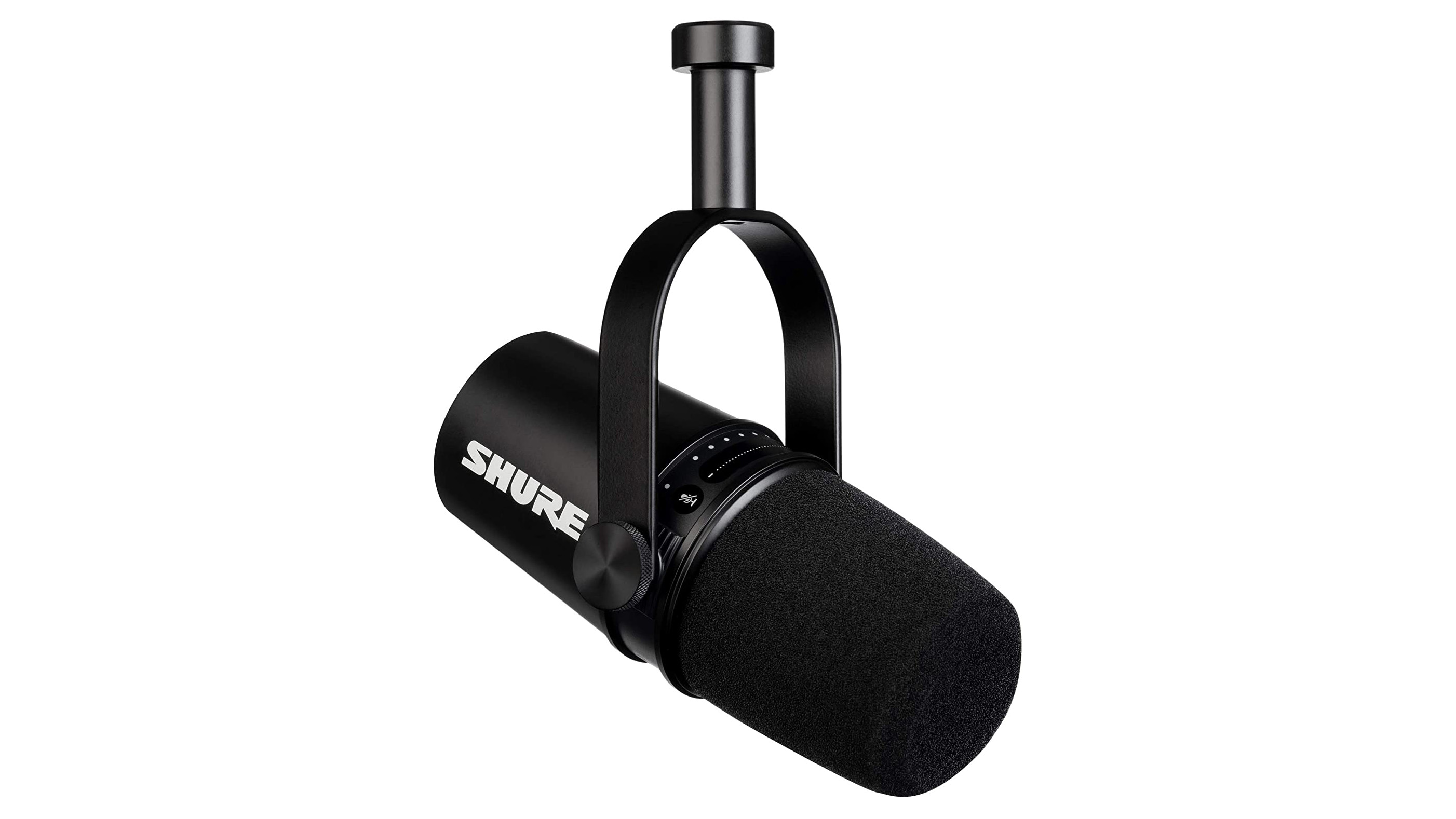
8. Shure MV7
Specifications
Reasons to buy
Reasons to avoid
The stunning and premium Shure MV7 is absolutely amazing for streaming and podcast, but it's also the best USB mic if you're looking for a solidly-built dynamic microphone for your recordings. Even if you're a professional musician, you'll adore this enough to record with it, thanks of course to its XLR output and the fact that it’s inspired by the legendary SM7B. It also comes with excellent software.
We're still in the process of testing this mic, but we're already impressed. Its sound reproduction is very detailed, and when recording on manual, you're getting four EQ options, adding to its versatility. Plus, you're also getting headphone monitoring. Overall, you're getting what you'd expect from one of the most established mic manufacturers out there.
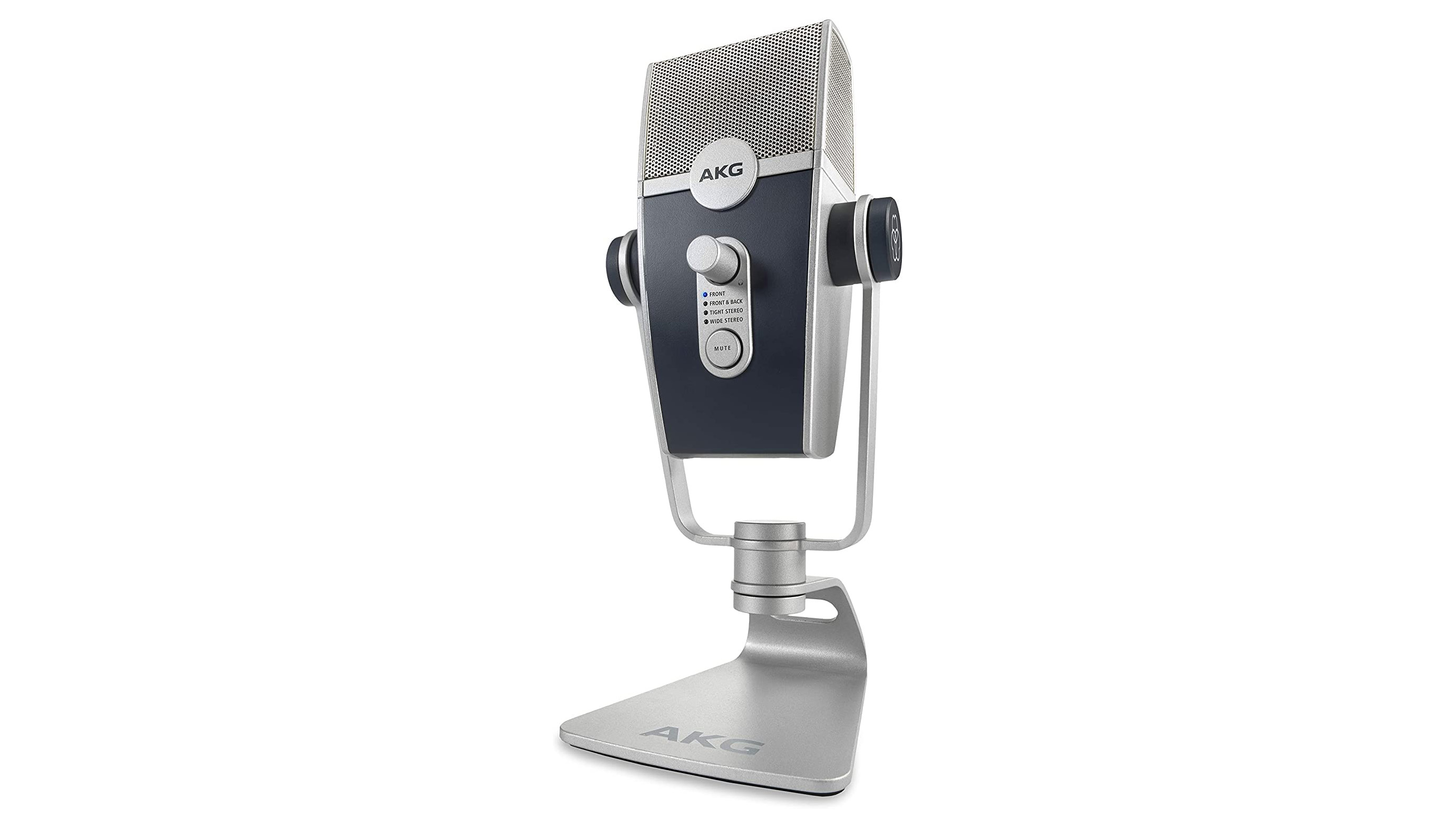
Specifications
Reasons to buy
Reasons to avoid
AKG has been making top-of-the-line microphones since before computers could fit inside a room. So, when the company tossed its hat in the USB mic ring, we knew it had to be good. And, while it is a little pricey compared to the competition, it’s more than worth it.
Resembling one of the company’s most famous mics, the AKG Lyra has a lot of style with its retro aesthetics. Of course, its performance is just as stellar with full bodied sound that works just as well on musical instruments as it does on voiceovers. It’s also a versatile mic thanks to its four polar patterns. You can record a single source, people talking on either side, or get two different stereo images just by the turn of a dial. It also has a sturdy build quality and the ability to unscrew the stand’s base and mount it on a mic stand.
Read our full AKG Lyra review
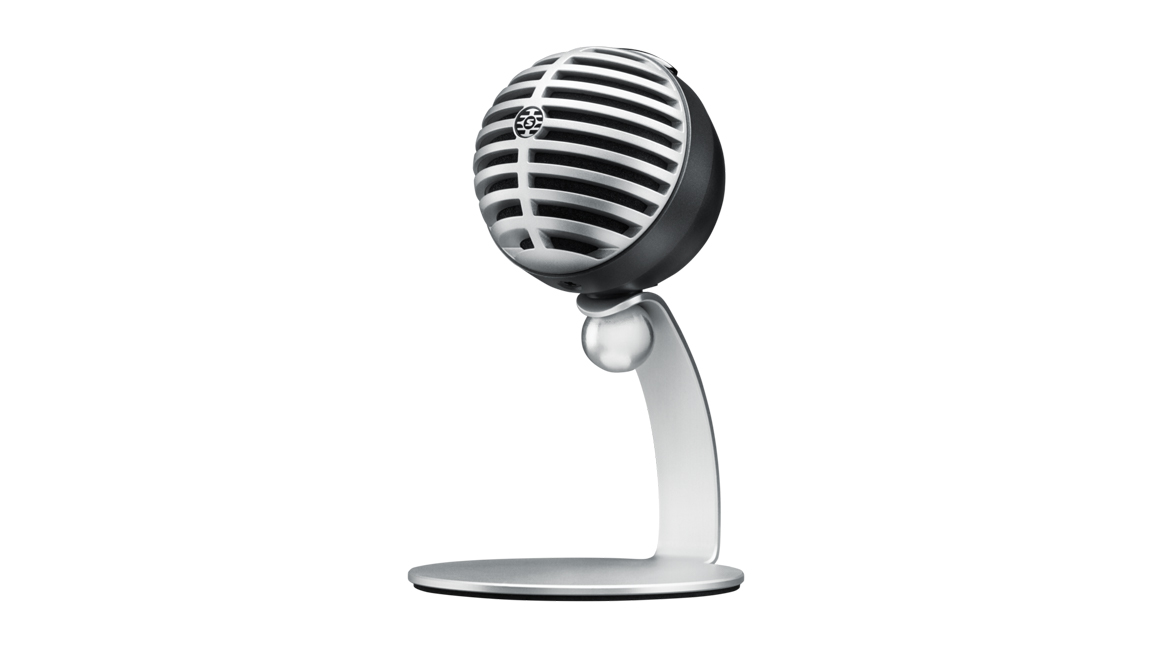
10. Shure MV5
Specifications
Reasons to buy
Reasons to avoid
Any musician will tell you that Shure has been putting out industry-defining hardware for close to a century, so it’s no surprise that they also put out the best USB microphones in the world. Shure’s MV5 is meant to be mobile and interfaces with your computer or mobile device so you can record professional-quality audio on the go. Its DSP presets switch between podcasting, voice-over, and vocal/instrument recording modes, effectively making it three microphones in one.
Being geared more toward the professional musician set, the Shure MV5 might be more microphone than the average remote worker or YouTuber might be looking for. But, if you’re looking for something more substantial, it doesn’t hurt to take a cue from the pros.
How to choose the best USB microphone
Choosing the best USB mic for you isn’t hard, but there are a few things that you need to consider, and you might need to read up on technical terms before you dive in, if you’re not familiar with mics in general.
First, you do need to figure out what you want to use the mic for. What you have that figured out, you need to then know which polar patterns you’ll need for recording. Some mics have two or more polar patterns, others are only cardioid, which means they’re only picking up sound from the front.
If you’re just using the USB mic to record yourself – for your streaming channel, for example – then one with just the cardioid polar pattern will suffice. However, if you plan on recording conversations between two or more people – for a podcast, for example – you might want pick up something that’s bi-directional or omnidirectional.
Pay attention to the bit and sample rate as well, if you plan on using it for your professional work or if you want hi-res recording in general. 24-bit/96kHz is considered high-resolution. Of course, 16-bit/44.1kHz is already CD quality. Take frequency range into account as well, how wide it is, if you plan on recording anything other than voices, such as musical instruments.
Other considerations include mounting options, background noise and vibration rejection, and stand ergonomics.
What is the best USB mic on the market?
You’ll find our top picks of the best USB microphones on the list above, and most of them we’ve already put through their paces in terms of sound reproduction, versatility, app support, and ergonomics. However, if you do want to explore more options, top audio brands like Shure, Blue, and AKG are safe bets. Of course, it’s worth exploring what gaming peripherals brands like Corsair/Elgato and Razer have on offer as well.
Are USB mics any good?
USB mics are good. They are just more convenient than traditional mics because they have an audio interface already built-in, so you wouldn’t need to invest in a separate stand-alone interface.
Bear in mind, however, that these mics do have their limitations. They won’t be as versatile as traditional XLR mics, however, so you can’t really build a whole studio around a USB mic.
How we test USB mics
When testing a USB microphone, we like to see first its plug-n-play ability and it’s compatibility with our preferred recording software and/or streaming app. We, of course, take a listen to how well it reproduces different audio sources.
Namely, we talk into it from multiple directions and at different distances, recording the whole thing so we can play the audio back later and give it a proper listen, also making notes of any background noise it may have captured. We also test how sensitive it is to vibrations by tapping on the surface it’s on, its stand, and the mic body itself.
If there are extra features like a mic-mute button, RGB lighting, or accompanying software, we test those as well. That’s while also taking into account the mic’s overall build quality. We then gather everything and compare all that to the price, to see if the USB mic is a great value and worth recommending to you guys.
Sign up for breaking news, reviews, opinion, top tech deals, and more.

Rob (He/Him) is a UK based tech writer with a BA Hons Degree in English Studies with Media Communications and a Diploma in Proofreading and Copy Editing.
Since becoming a freelance writer in 2022, Rob has built up a considerable portfolio of work, covering everything including buyer’s guides, hardware reviews, features, and game reviews.
In addition to his contributions at TechRadar, Rob’s work has also been featured at MakeUseOf.com, How-To Geek, and IGN.
Currently playing: Dredge, Lords of the Fallen.
- Michelle Rae UyContributor